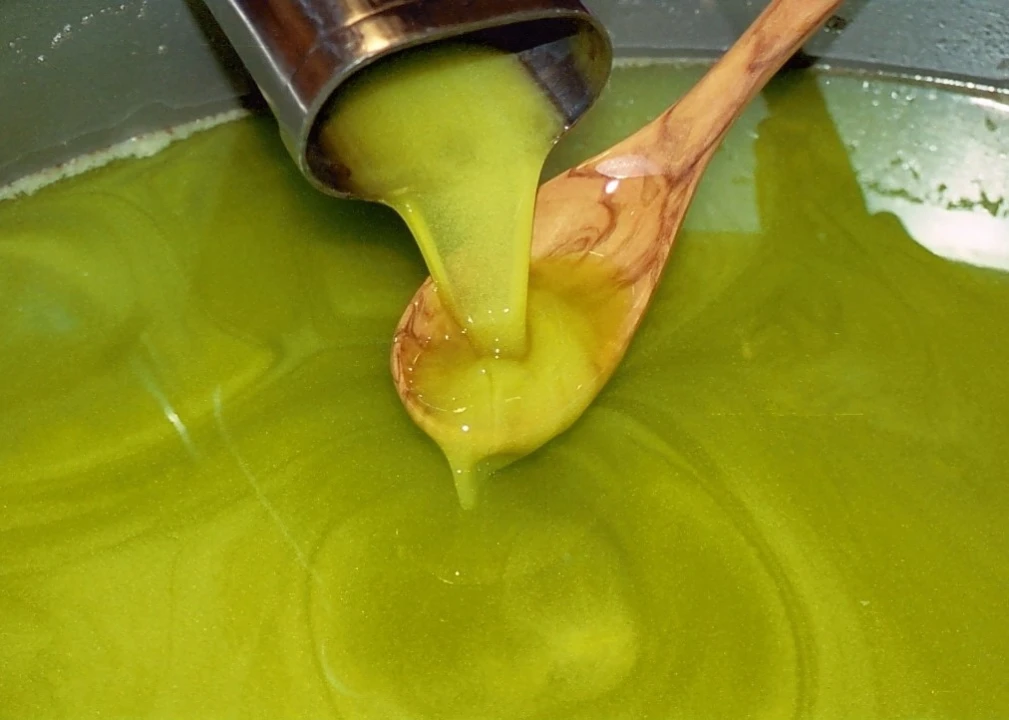The introduction of olive cultivation in Sardinia is attributable to populations of Minoan origin who refined the local olives with repeated pruning and grafting in the period between the eighth and seventh centuries B.C. Thanks to the establishment of several important areas of olive groves in south-central Sardinia, olive growing underwent significant economic development in Roman times.
It was during this period that the first presses were used for extracting oil, which were made following the same construction logic until the end of the nineteenth century, when they were finally replaced by iron presses.
The fall of the Roman Empire marked a general decline in Sardinian agriculture and olive cultivation along with it. Having been abandoned throughout the following eras, olive growing was only revived when Sardinia was under the political and military influence of the of the Republic of Pisa, during the twelfth and thirteenth centuries.
This period was followed by a phase of modest development that lasted until the first half of the seventeenth century, when Spanish law allowed cultivation to expand to a certain degree in the main areas in which Sardinian olive cultivation had spread.
Following the replacement of the Spanish rulers with those from Piedmont and the new agricultural initiatives that had been identified, various awareness raising campaigns were launched with the aim of drawing the farmers’ attention to olives and improving production techniques by extending the cultivated areas and trying to increase the quality of the yield.
All historical and bibliographic references from the eighteenth century onwards reported that good oil could be obtained from the olive groves of Sardinia. This attention led to increasing care being paid to olive growing on the island, especially in the post-war period.
The product
Olio Extravergine di Oliva Sardegna DOP is obtained through a series of specific production processes.
The olives must be picked directly from the tree, by hand or using mechanical means, in the period between the onset of ripening and 31 January. Olive groves suitable for producing Olio Extravergine di Oliva Sardegna DOP are permitted a maximum crop of 120 quintals of olives per hectare. The olives must be processed no later than two days after the harvest and the maximum yield of olive oil may not exceed 22%.
The maximum temperature permitted for ‘gramolazione’ (mixing in a large container with blades) is 30°C, and the maximum duration of this process must not exceed 75 minutes.
Olio Extravergine di Oliva Sardegna DOP must be sold in appropriate containers and the label must include the name of the product followed by the acronym DOP (Protected Designation of Origin), to which no other information must be added.
The packaging must also feature the DOP logo, formed of an olive with a drop of oil oozing from it that forms the shape of a donkey’s head, a reference to the history of oil production in Sardinia.
The local area
The region that produces Olio Extravergine di Oliva Sardegna DOP is too vast to describe in detail, as it spans municipalities that overlook the sea and others located in the heart of the Sardinian hinterland.
The climate of the production area is perfectly suited to the particular needs of the species, which is specific to the Mediterranean environment of which Sardinian is a typical example. While the summer period is extremely dry, the rainfall is concentrated in autumn and spring.
Temperatures follow the changing of the seasons, reaching their peak in summer, coinciding with the increased weight of the fruit and the inolizione (oil creation) process.
This shows that the dry season has a considerable influence on the fruiting cycle of the olives.
The lands with olive groves within the municipalities considered part of the production area are predominantly hilly and the growing substrate ensures efficient olive cultivation.
By Consorzio di Tutela Olio DOP Sardegna with MiPAAAF




